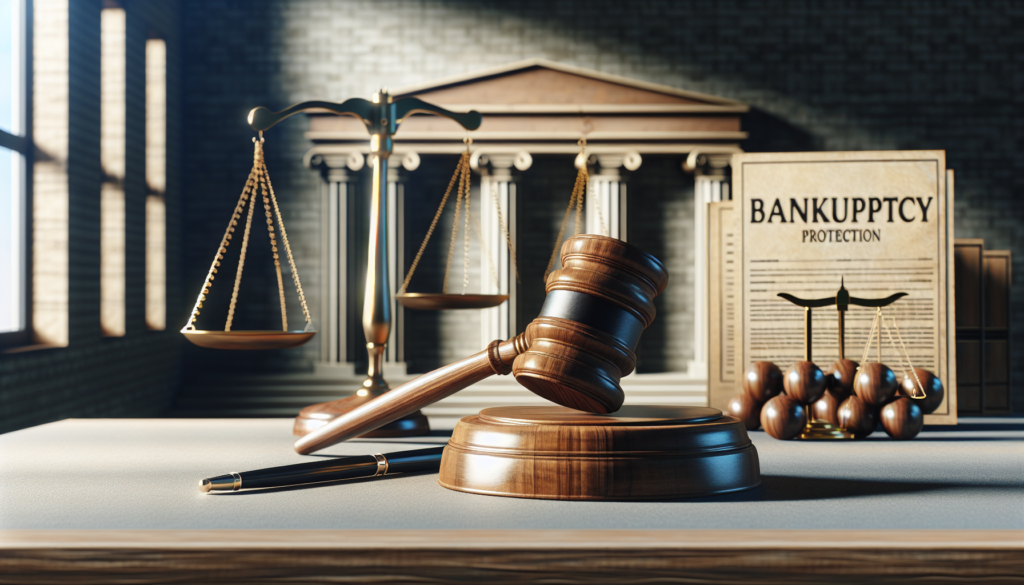1. Detailed Repayment Plan:
The repayment plan under Chapter 13 bankruptcy is a legally-binding agreement between the debtor and their creditors, outlining how debts will be paid over the plan’s duration. This plan is meticulously crafted based on the debtor’s income, necessary living expenses, and total debt load. It prioritizes certain debts, such as back taxes and child support, ensuring they are paid first. The plan’s feasibility is critically assessed by the bankruptcy trustee and must be approved by the court. Debtors must adhere strictly to this plan, making regular payments to the trustee, who then distributes funds to creditors according to the plan’s terms.
2. Comprehensive Protection from Creditors:
The automatic stay that comes into effect upon filing Chapter 13 bankruptcy provides a broad shield against creditor actions. This includes stopping foreclosure processes, preventing vehicle repossession, and halting wage garnishments and utility shutoffs. This stay not only gives debtors breathing room to reorganize their finances without the immediate threat of losing assets or further financial strain but also applies to co-debtors, offering protection due to the communal nature of some debts.
3. Asset Retention and Mortgage Arrears:
A significant advantage of Chapter 13 is the ability to prevent home foreclosure. By including past-due mortgage payments in the repayment plan, debtors can catch up on arrears over the life of the plan, keeping their home while staying current with new mortgage payments. Similarly, for other secured debts like car loans, Chapter 13 can restructure the payment terms to make them more manageable, often reducing the interest rate or extending the repayment period.
4. Selective Debt Discharge and Non-Dischargeable Debts:
While Chapter 13 discharges most remaining unsecured debts at the end of the repayment period, it’s important to note that certain obligations survive. Non-dischargeable debts include, but are not limited to, student loans (except in rare cases of undue hardship), certain taxes, alimony, and child support. The discharge at the end of a Chapter 13 plan is broader than the discharge under Chapter 7, potentially covering debts arising from property settlements in divorce or malicious injury to property.
5. Debt Modification and Cramdowns:
Chapter 13’s ability to modify debts is a powerful tool for debtors. For instance, if a car loan exceeds the value of the car, the loan can sometimes be “crammed down” to match the vehicle’s current market value, reducing the debtor’s obligation. However, this benefit is not applicable to the debtor’s primary residence mortgage but can significantly impact other secured debts, making payments more affordable.
Eligibility and Process
Eligibility for Chapter 13 requires not just a regular income but also adherence to debt limits set by bankruptcy law. These limits ensure that the program remains accessible to individuals and families with substantial but not insurmountable debt loads. The process involves meticulous documentation, including detailed lists of assets, liabilities, income, and expenses, as well as completion of credit counseling.
The Role of the Bankruptcy Trustee
The Chapter 13 trustee plays a pivotal role, acting as an intermediary who collects payments from the debtor and distributes them to creditors. The trustee also reviews the proposed repayment plan for feasibility and fairness to creditors, advocating for modifications if necessary to ensure compliance with bankruptcy laws and guidelines.
Chapter 13 bankruptcy offers a structured, court-supervised pathway for debtors with regular income to manage and reduce their debt load while protecting their assets. By allowing debtors to reorganize their financial obligations and make manageable payments, Chapter 13 can provide a lifeline to those struggling with debt, offering a chance for a fresh financial start while maintaining dignity and stability.


Get a Free Bankruptcy Case Evaluation